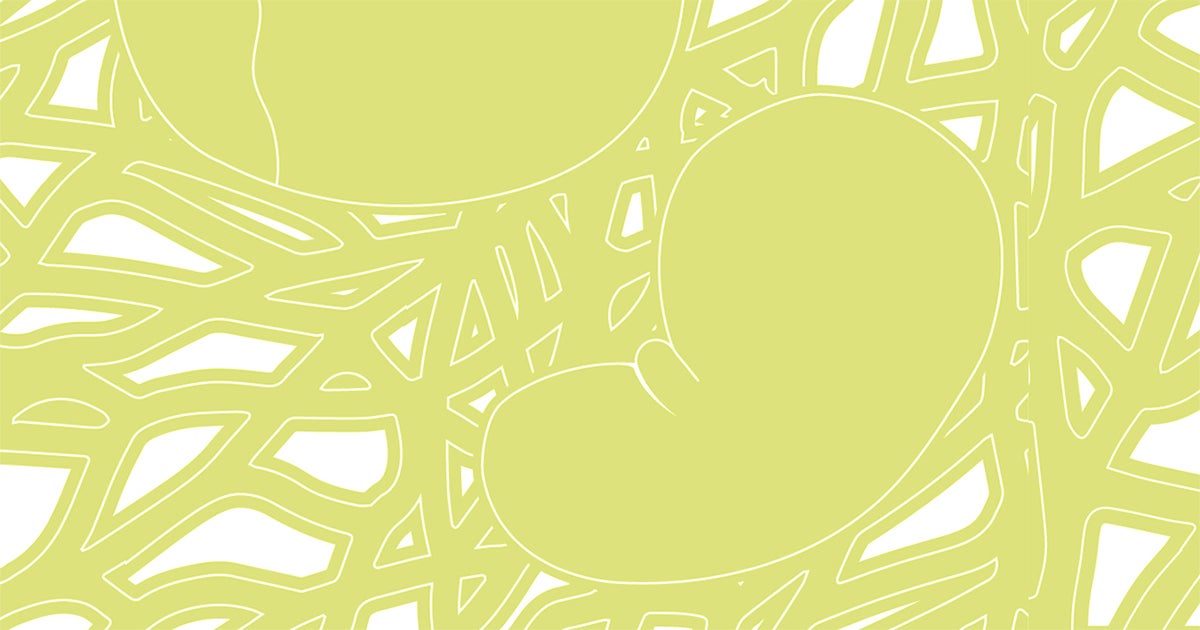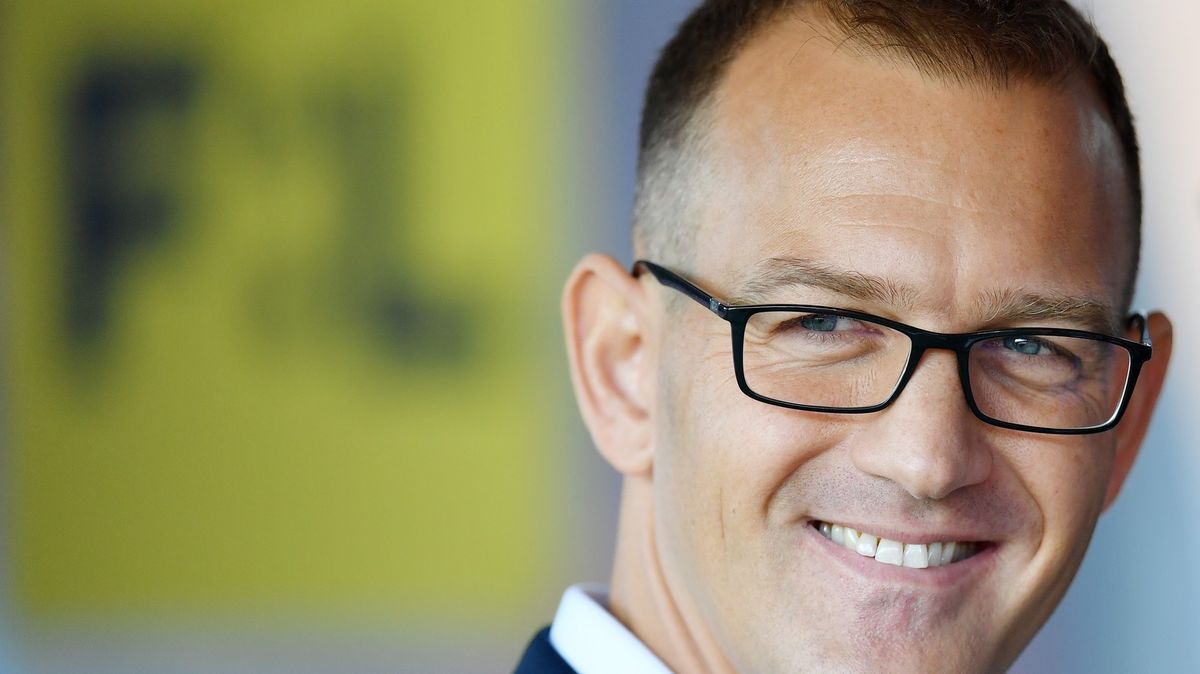In addition to poorly functioning kidneys, renal and cardiovascular patients often also suffer from a deteriorated cardiovascular system. This makes it difficult to predict the functional outcome after, for example, a kidney transplant. That outcome seems to depend on the underlying problems of the patient, which are not always clear.
Merle Krebber discovered that inflammation plays an important role in this, and that the best approach should be determined for each patient. She will defend her research on 11 January.
You don’t want an inflammation for too long
If you get a wound, for whatever reason, an inflammation will develop. This is a reaction of the body itself, which ensures that infections do not stand a chance. But if the damage is too great, adverse effects will occur, such as limited recovery, too much or too long presence of the inflammation and connective tissue growth can occur. This growth is a rapid replacement for functional, useful tissue and is called fibrosis. If this occurs in the kidneys, they work less well. If this happens in blood vessels, they become stiffer. The dynamics between inflammation, fibrosis and (impaired) repair could determine the ultimate damage. For example, if the inflammatory response in kidney patients is too intense, the ‘shunt’ between artery and vein required for dialysis may not develop properly, which can be life-threatening for the patient.
Macrophages out of balance
How long inflammation lasts depends on the balance between two types of white blood cells (macrophages) – one type stimulates inflammation, the other counteracts it. Thanks to Krebber’s work, we now know that the balance between these two types of white blood cells differs per underlying disease. Certainly kidney patients, the group that Merle looked at, can suffer from a disturbed balance due to their kidney failure, and therefore long-term or chronic inflammation – resulting in less recovery or too much fibrosis. But that doesn’t apply to everyone.
“My research shows that inflammation and fibrosis don’t necessarily have to go together,” Krebber says. ‘That opens up possibilities, and it is therefore important that we first take a good look at the patient before we take action. Perhaps we can respond very specifically to the patient’s natural regenerative capacity.’
Donor-Recipient Interaction
To gain more insight into the role of the donor and the recipient, Krebber also conducted animal studies in which cross kidney transplants were performed between alternating healthy and unhealthy donors and recipients. ‘In this way I was able to compare what happened when a healthy organ was transplanted to a healthy or unhealthy recipient, but also what effect an unhealthy donor had on a healthy or unhealthy recipient.’
It turned out that the health of the donor was essential for the organ to function properly – the health of the recipient had little influence on this. But for the health of the vascular system, the recipient was important. This insight may help to introduce improvements that will make a transplant even more successful.
A solution from regenerative medicine
Regenerative medicine could provide new treatments for kidney and cardiovascular patients. For example, making the shunt between artery and vein from the body’s own tissue reduces the risk of infections. Merle is working on a biodegradable ‘scaffold’ that can be placed between the two blood vessels, and which will be slowly replaced by the body’s own cells. For example, a shunt that has the right dimensions grows, and that grows gradually, so that the risk of long-term inflammation and fibrosis is minimal.
Krebber: ‘I will continue to work with Nephrology at UMC Utrecht to continue with this. It is important that we first investigate whether the environment to which macrophages from renal and cardiovascular patients are exposed can lead to less functional shunt tissue. We are busy looking at this tissue formation in a model of kidney failure.’
Merle Krebber
Questions, comments or tips for the editors?
–
–


